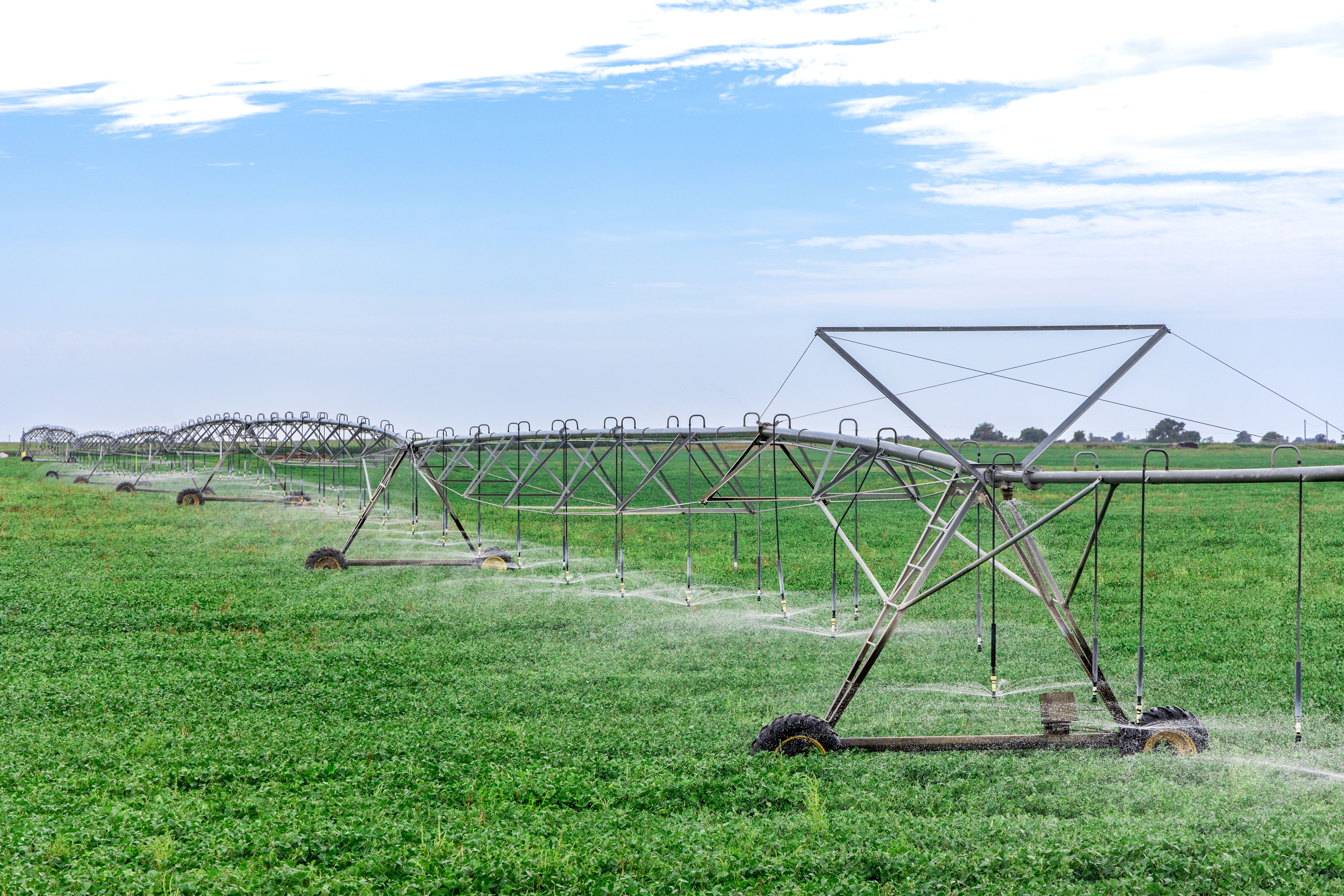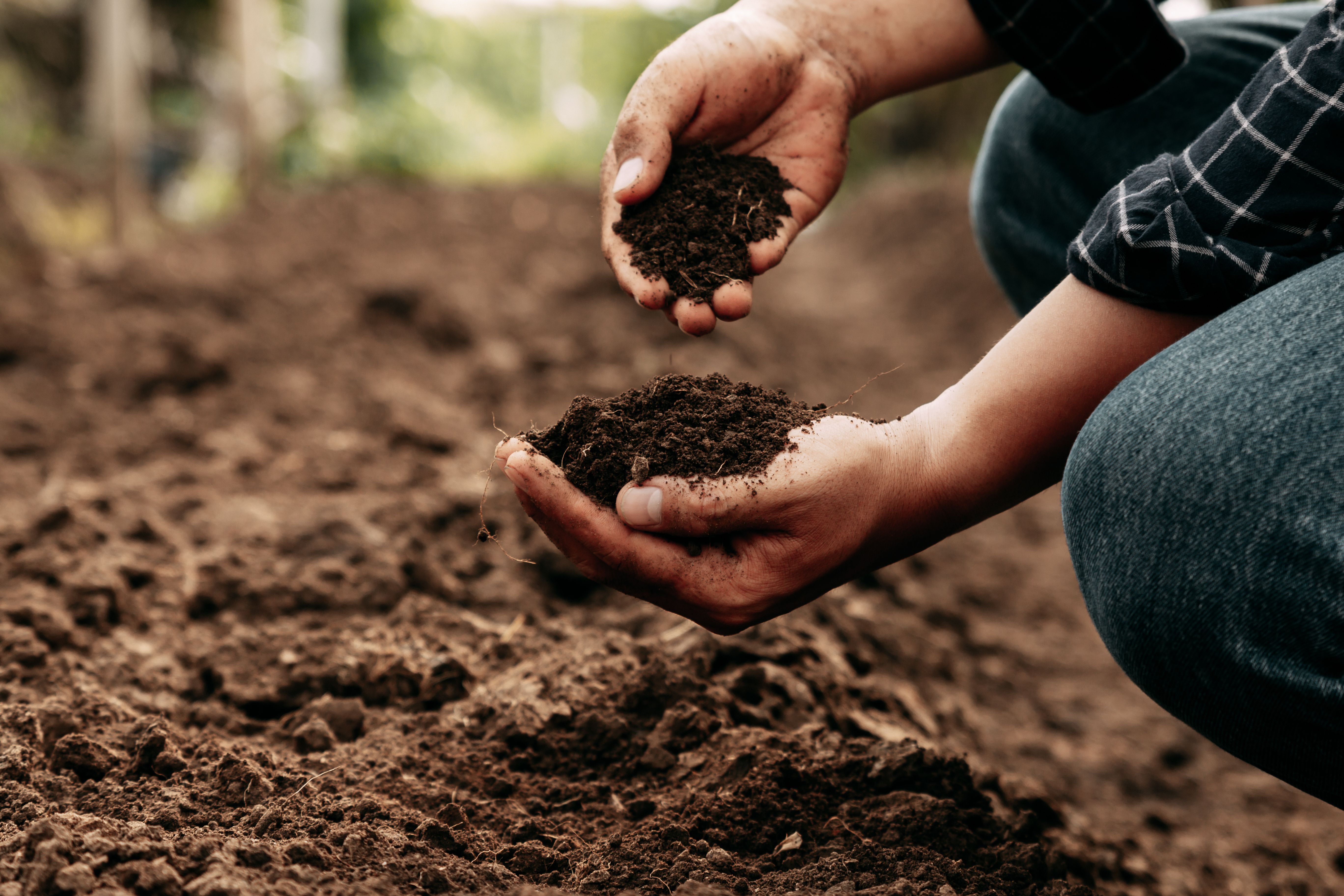Enhancing Soil Health through Crop Rotation: Insights from Tieu Sai Trung Agricultures
Understanding the Importance of Soil Health
Soil health is a fundamental aspect of sustainable agriculture. It influences crop productivity, water retention, nutrient cycling, and overall ecosystem balance. Poor soil health can lead to reduced yields, increased susceptibility to pests and diseases, and greater reliance on chemical inputs. Therefore, maintaining and enhancing soil health is crucial for long-term agricultural success.
One effective technique for enhancing soil health is crop rotation. This age-old practice involves alternating the types of crops grown on a particular piece of land from season to season. Crop rotation helps in breaking pest and disease cycles, improving soil structure, and increasing biodiversity.

Insights from Tieu Sai Trung Agricultures
Tieu Sai Trung Agricultures, a leader in sustainable farming practices, has been at the forefront of using crop rotation to improve soil health. By carefully planning and implementing crop rotation schedules, they have seen significant improvements in soil quality and crop yields.
The company's approach involves selecting crop sequences that complement each other. For instance, they rotate nitrogen-fixing legumes with nitrogen-demanding cereals. This not only enhances nutrient availability but also reduces the need for synthetic fertilizers, promoting more sustainable farming.
The Benefits of Crop Rotation
Crop rotation offers numerous benefits for soil health. It helps in disrupting pest and disease cycles by preventing pests from establishing in their preferred host crops year after year. Furthermore, rotating crops with different root structures can improve soil aeration and reduce compaction.

Additionally, crop rotation can enhance organic matter content in the soil. As different crops decompose at different rates, they contribute diverse organic residues to the soil. This diversity supports a richer microbial ecosystem, which is essential for nutrient cycling and soil fertility.
Implementing Effective Crop Rotation Strategies
To implement effective crop rotation strategies, it is important to understand the specific needs and characteristics of your soil and crops. Tieu Sai Trung Agricultures recommends starting with a soil test to assess nutrient levels and structure. Based on this information, farmers can plan rotations that address specific soil deficiencies.
Another key strategy is to incorporate cover crops into the rotation plan. Cover crops like clover or rye can be used between main crop cycles to protect the soil surface, reduce erosion, and add organic matter. These crops can also suppress weeds and enhance biodiversity.

Challenges and Considerations
While crop rotation offers numerous benefits, it does require careful planning and management. Farmers need to consider factors such as climate, market demands, and resource availability when designing their rotation schedules. Additionally, some crops may require specific equipment or expertise to grow successfully.
Tieu Sai Trung Agricultures emphasizes the importance of continuous learning and adaptation. By staying informed about new research and technologies, farmers can refine their crop rotation practices to maximize benefits and address emerging challenges.
Conclusion: A Sustainable Future
Crop rotation is a powerful tool for enhancing soil health and promoting sustainable agriculture. By following the insights and practices of leaders like Tieu Sai Trung Agricultures, farmers can improve their soil's resilience, reduce environmental impacts, and ensure long-term productivity.
Embracing crop rotation not only benefits the land but also contributes to a more sustainable food system overall. As more farmers adopt these practices, the cumulative effect can lead to healthier ecosystems and more secure food supplies worldwide.